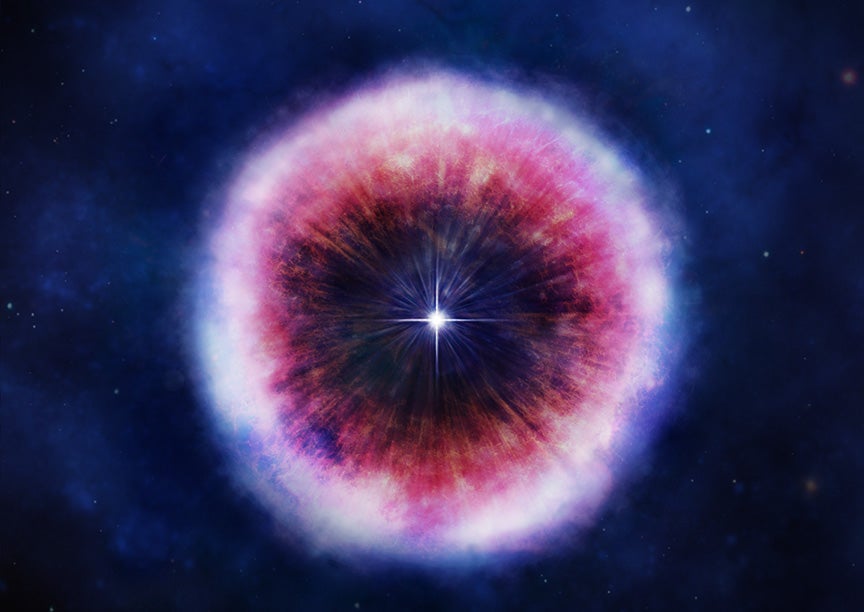Planets like Earth facing threat from stars blasting intense X-rays at their atmospheres, Nasa study suggests
Earth might once have been in danger – but is safe now, scientists say

Exploding stars could cause more damage to planets like Earth than scientists had previously thought, according to a new study.
The blasts of intense X-rays that are sent out by those stars can damage the atmospheres around planets up to 160 light years away, according to the new research, which relied on X-ray telescopes operated by Nasa and others.
Earth itself is safe, because there are no such stars near enough to do any damage. But it may have been hit by those X-rays in the past, the researchers say.
And other planets similar to Earth might be experiencing those intense blasts now.
Researchers already knew that an exploding star could be dangerous for the planets around it. The first blast of radiation from a supernova comes in the days and months after, and the second is a stream of energetic particles that can arrive thousands of years later.
But there is another, previously underestimated, danger too. Between those two threats is another – more on the scale of months – that could last for decades and cause significant damage to nearby planets.
It occurs when the blast wave hits dense surrounding gas, the scientists say. That can produce a large amount of X-rays that that continue to barrage planets in their way.
That barrage could be lethal, even for planets in the distance. It might wipe away parts of the atmosphere that protect life on the worlds htemselves.
“If a torrent of X-rays sweeps over a nearby planet, the radiation would severely alter the planet’s atmospheric chemistry,” said Ian Brunton of the University of Illinois at Urbana-Champaign who led the study. “For an Earth-like planet, this process could wipe out a significant portion of ozone, which ultimately protects life from the dangerous ultraviolet radiation of its host star.”
On Earth, for instance, such a blast could wipe out a wide array of organisms, particularly marine ones that are at the bottom of the food chain. That in turn could bring about a mass extinction event.
It is not clear whether the Earth ever experienced such an incident. But there is evidence to suggest that it may have been hit by such blasts, which at least would have affected the planet.
Join our commenting forum
Join thought-provoking conversations, follow other Independent readers and see their replies
Comments
Bookmark popover
Removed from bookmarks